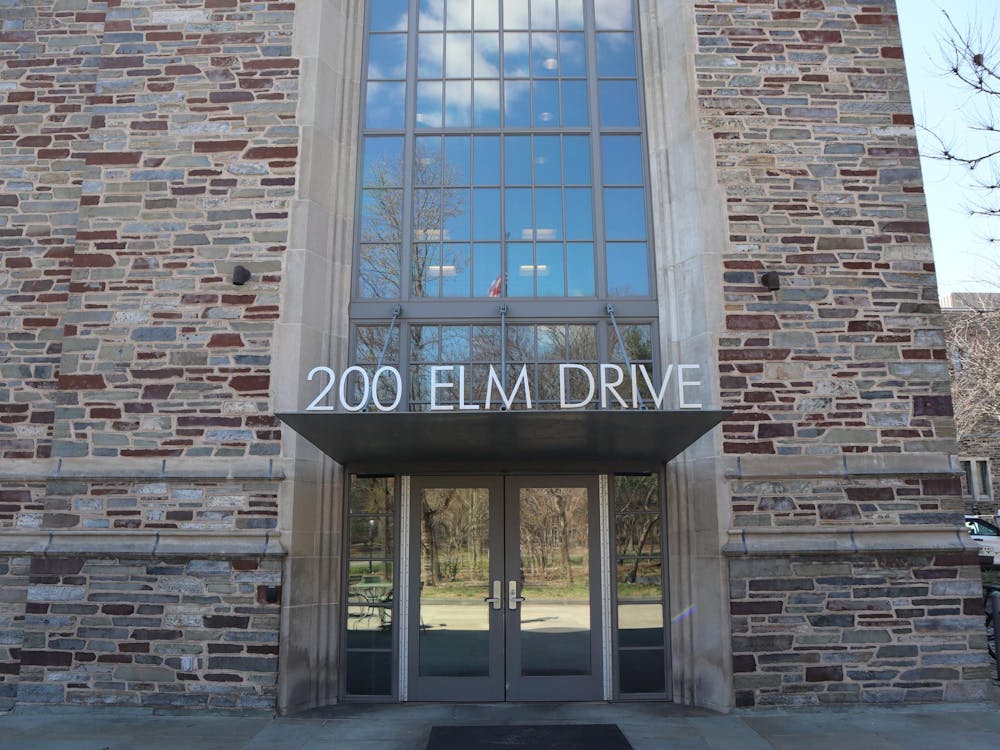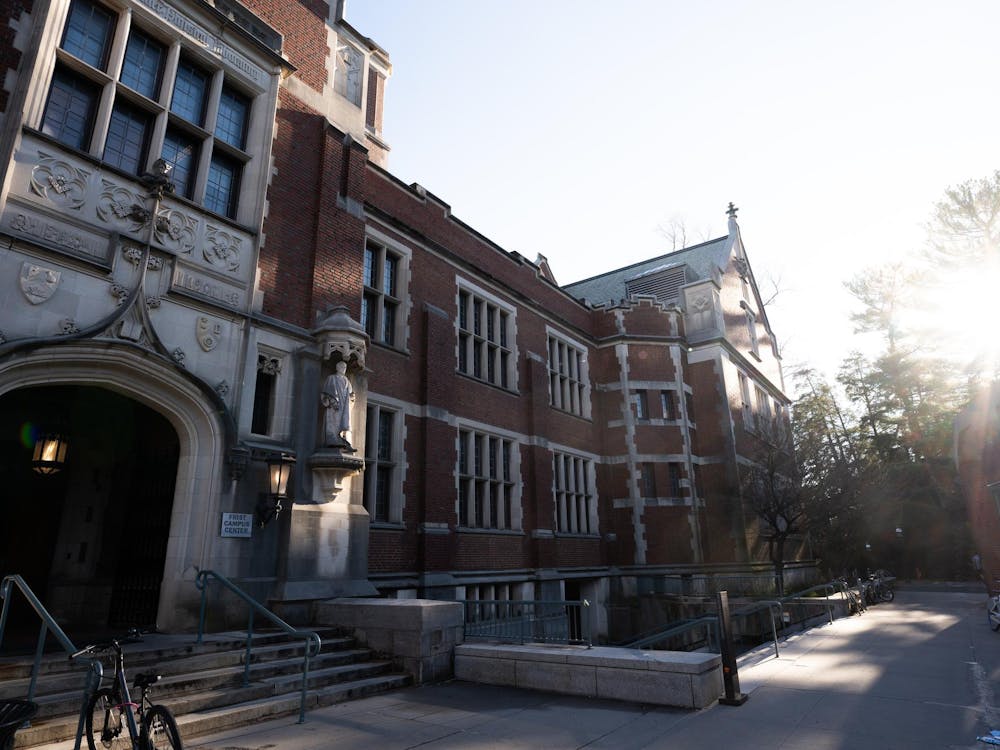The Princeton Councilintroduced an ordinance to designate a historic district in the Witherspoon-Jackson community this past Thursday during a Council meeting.
Many former and current employees of the University have lived in this neighborhood, University Media Relations Specialist Min Pullan said.
The proposed historic district encompasses neighborhoods on both sides of Witherspoon Street, stretching from its intersection with Wiggins Street to a little past Birch Avenue. Though the demographics of the neighborhood have changed significantly, the neighborhood was once a de facto segregated residential community for African Americans, said Kip Cherry, a member of the Princeton Community Democratic Organization and advocate of the resolution.
“It’s a very important community because this is part of an area that contributed greatly to the town over time. It’s important for the community to remember what happened in the past and to honor that. You can’t honor something until you look at it,” Cherry added.
According to Princeton Mayor Liz Lempert, in recent years the neighborhood experienced prominent teardowns as developers erected structures that were visually out of character.
The campaign for the designation began around a year ago, explained Cherry.
According to a report by Wise Preservation Planning LLC, a firm commissioned by the Princeton Municipality, some researchers have argued that University students from the South brought slaves with them and left them in the town after graduation during the 18th and 19th centuries. Though the origins of the African-American community are disputed, many settled along what’s known now as the Witherspoon-Jackson neighborhood.
With the creation of new buildings like Blair Hall, Buyers Hall, and Little Hall during the late 19th century, the University increased its employment of African-Americans living in the Witherspoon-Jackson district, the reported noted. Many residents worked as janitors, cooks, waiters, housekeepers and maintenance workers, particularly in the eating clubs.
“These were low-income jobs, which provided income but little means of increasing financial security for Princeton’s black population,” the report read.
Pullan noted that the University is not taking a position on the historic designation issue.
Lempert noted that the introduction of the ordinance is the first of a three-step process to create the historic district. Following theintroduction of the ordinance, the proposal will be submitted to the city’s planning board for review. Subsequently, the board will make a recommendation to the city council, which will then hold a public hearing.
“This is not a yes vote to create the district, but just to pass the ordinance,” Lempert said.

According to Lempert, designating the neighborhood as a historical district will introduce regulations on the exterior appearance of buildings inside the zone. The goal of making the designation is to preserving the street scheme, Lempert said.
Any changes to the exterior of buildings, from window replacements to creating home additions, must be done with prior notification to the Historical Preservation Office, Lempert added.
In face of potential regulations, some architects and developers have expressed opposition to the resolution, Cherry said.
However, commercial entities and various homes on the border of the currently included in the proposal may be removed from the historic district, Lempert noted. If so, these buildings will not be impacted by regulations that govern a historic district, she explained.
The neighborhood, if ultimately given the designation, will become the 20th historical district in Princeton.








